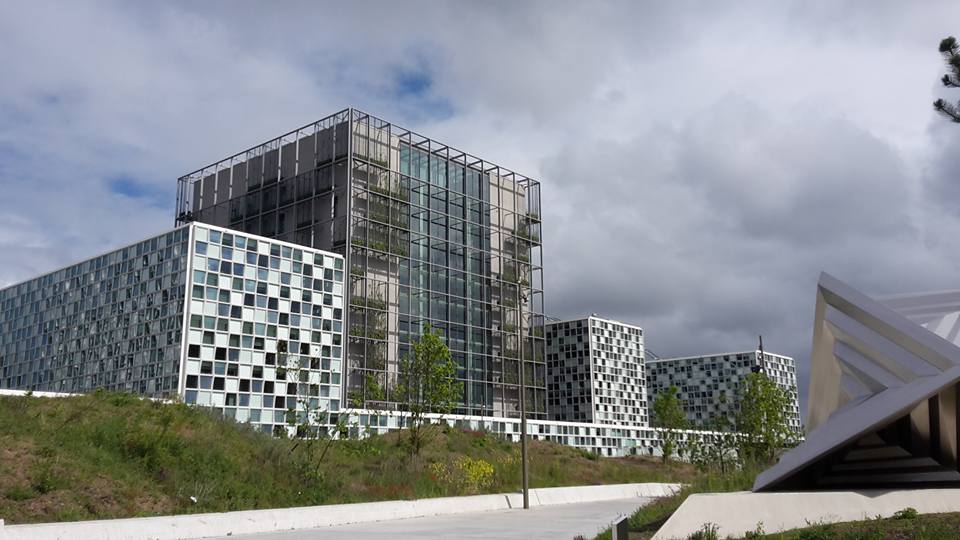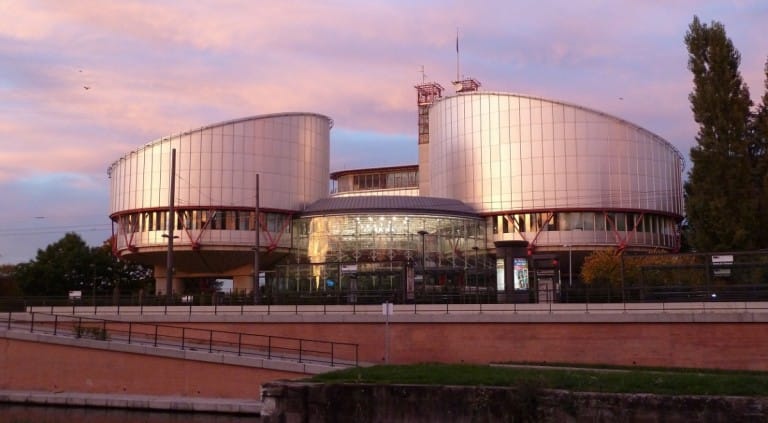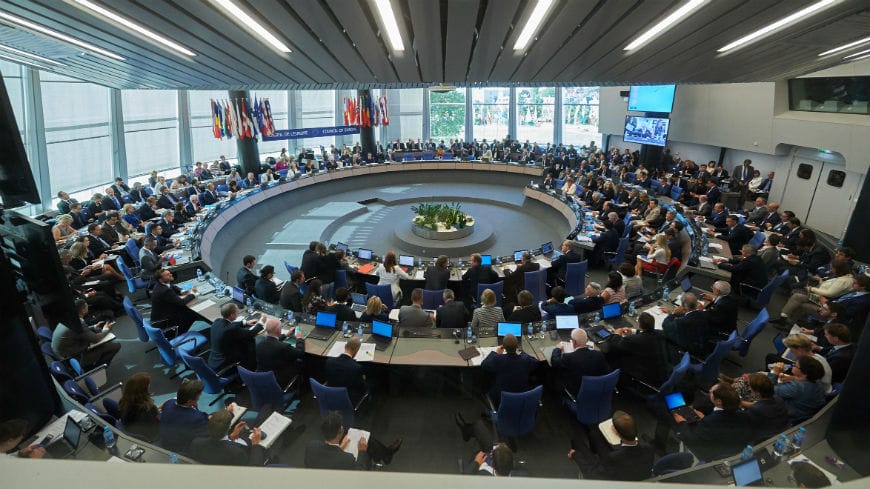Executive Order on immigration No. 2: has President Trump learned his lesson?
in Giurisprudenza Penale Web, 2017, 3 – ISSN 2499-846X
In view of the preliminary considerations which the judges of the US Court of Appeals for the Ninth Circuit in San Francisco expressed in their decision to deny the reinstatement of Executive Order 13769 on immigration, President Trump decided not to wait for the ruling of the Court on the legal challenges which had been raised against its entry ban, but rather to fix – or at least try to, the controversial situation himself.
In fact, on the 6th March 2017 the US President signed a new “Executive Order Protecting The Nation From Foreign Terrorist Entry Into The United States”, revoking the previous one.
A first reading of the new order shows that the text has been reworked specifically to clarify the measures on immigration adopted at the end of January and to provide them with a more convincing legal justification. Reiterating the priority aim of protecting the US citizens from terroristic attacks, included those committed by foreign nationals, President Trump specifies that his authority derives directly from Article II of the US Constitution (“ The executive Power shall be vested in a President of the United States of America …”) and from the Immigration and Nationality Act (INA).
With consideration to the legal challenge raised in relation to the constitutional prohibition of religious discrimination under the First Amendment, the new order explains: .
“(iv) Executive Order 13769 did not provide a basis for discriminating for or against members of any particular religion. While that order allowed for prioritization of refugee claims from members of persecuted religious minority groups, that priority applied to refugees from every nation, including those in which Islam is a minority religion, and it applied to minority sects within a religion. That order was not motivated by animus toward any religion, but was instead intended to protect the ability of religious minorities — whoever they are and wherever they reside — to avail themselves of the USRAP in light of their particular challenges and circumstances.” (emphasis added)
Therefore, no priority is given to religious minority under the replacement order. Moreover, it clarifies the approach to the designation of the seven countries, the nationals of which had been prohibited to enter the US territory. Apparently, the criteria of the selection had nothing to do with the majority presence of Muslims in these countries: they were rather determined on the basis of the consideration that:
“…the conditions in these countries present heightened threats. Each of these countries is a state sponsor of terrorism, has been significantly compromised by terrorist organizations, or contains active conflict zones”.
This statement is supported by a brief analysis of the current situation in each of the designated countries, the result of which has led President Trump to remove Iraq from the banned list. Such different treatment is said to be justified by “the close cooperative relationship between the United States and the democratically elected Iraqi government, the strong United States diplomatic presence in Iraq, the significant presence of United States forces in Iraq, and Iraq’s commitment to combat ISIS”.
A newly introduced exclusion from the ban concerns the “categories of aliens that have prompted judicial concerns”, that is to say travellers who already have a visa, green-card holders, dual citizens, people with an already recognised refugee status and other individuals identified on a case-by-case basis.
To sum up, the new order reiterates the prohibition for the citizens of six “countries of particular concern” – Iran, Syria, Somalia, Libya, Sudan and Yemen – to be granted visas to travel to the United States for a period of 90 days, the so called “Review Period”. Such period should be employed by the secretary of Homeland Security to conduct a “worldwide review”, in order to collect data on potential security or public-safety threats.
Furthermore, on the basis of the alleged link between terrorism and the entry of refugees in the country, the order bars all refugee claimants from reaching the US soil for 120 days.
The measures are effective as from the 16th March, in a way to prevent the occurrence of chaotic situations, as happened with the immediate enforcement of the original order.
The question remains as to whether the new and refined entry ban, although affecting a smaller number of individuals, will be deemed as fulfilling the constitutional requirements or, on the contrary, will give rise to new and refined legal battles.
How to quote the article in a bibliography:
S. Carrer, Executive Order on immigration No.2: has President Trump learned his lesson?, in Giurisprudenza Penale Web, 2017, 3








